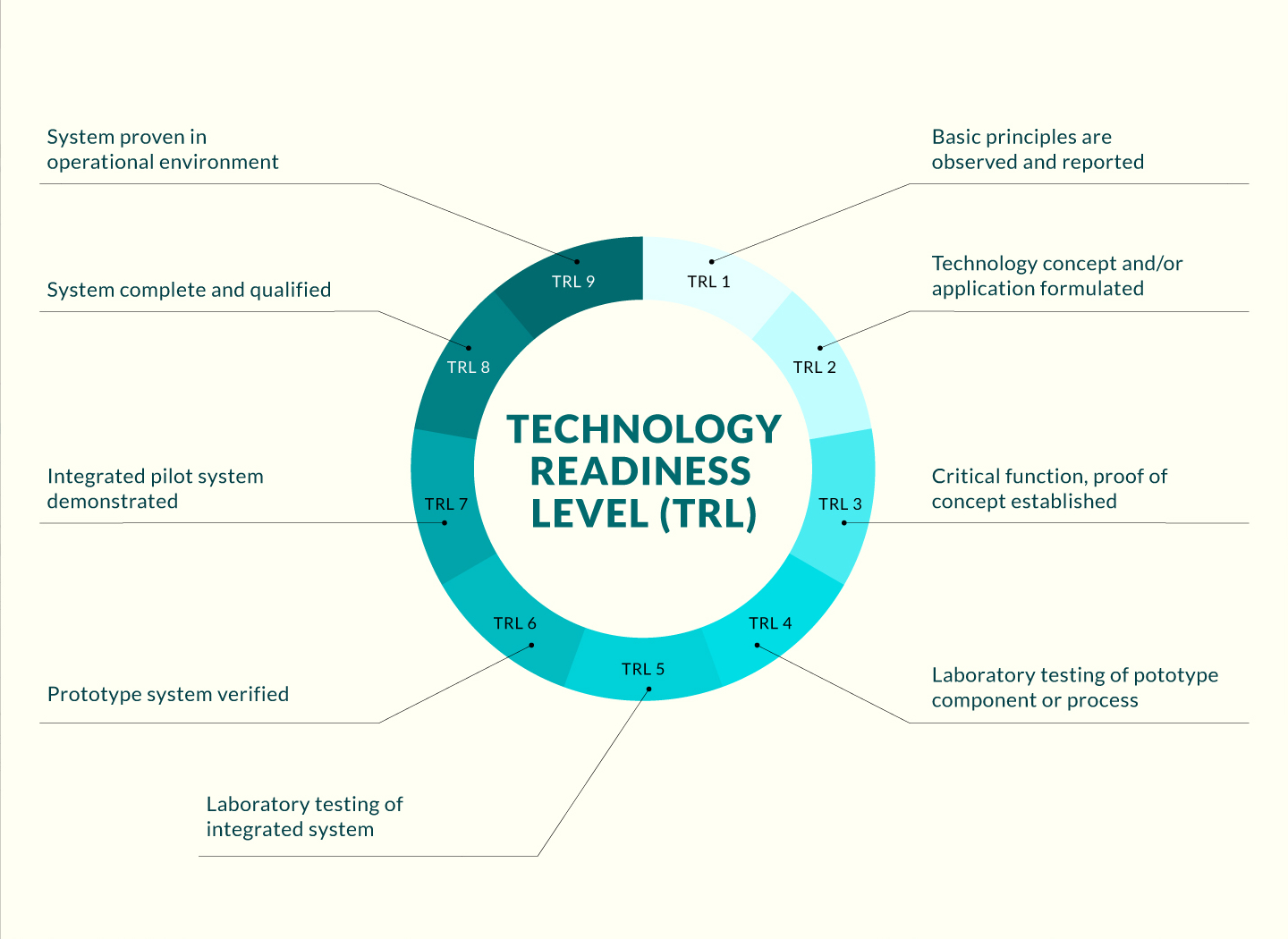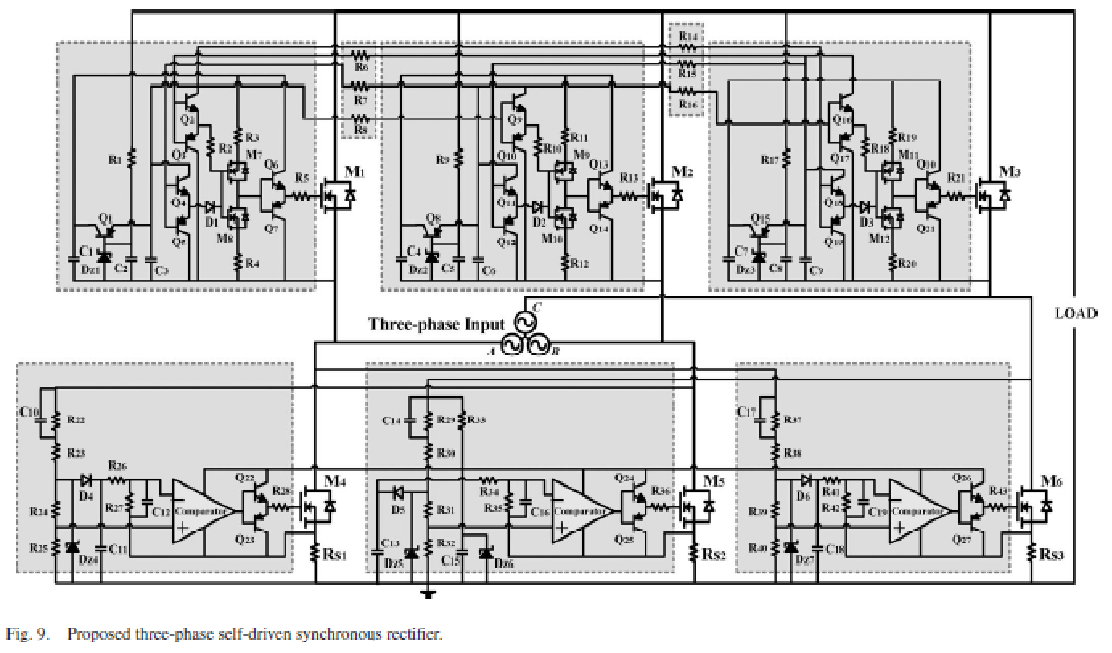


Opportunity
Synchronous rectifiers based on the use of power MOSFETs to replace the diodes in reducing the conduction losses have been widely used in low-voltage high-current applications. These techniques are primarily applied to various versions of dc–dc converters such as buck converters, flyback and boost-buck converters, half-bridge converters, and LCC resonant converters. To reduce the cost of the gate-drive circuits, self-driven techniques have been an active research topic in synchronous rectifiers although the gate control integrated circuit for driving synchronous rectifiers is also commercially available.
Besides the dc–dc converters, the synchronous rectification techniques have been applied to the three-phase full-bridge ac–dc converter based on a three-phase fully controlled bridge and even to the fie-level converter. While the self-driven technique uses the changing voltage polarity of the coupled windings to control the switching of the power MOSFETs, other techniques tend to use control integrated circuits to provide the gating signals.
Technology
The invention relates to a technique of single-phase self-driven synchronous rectification (SDSR) to multiphase ac–dc systems. Power MOSFETs with either voltage- or current-sensing self-driven gate drives are used to replace the diodes in the rectifier circuits. The generalized methodology allows multiphase SDSRs to be designed to replace the multiphase diode rectifiers. Unlike the traditional SR that is designed for high-frequency power converters, the invented SDSR here can be a direct replacement of the power diode bridges for both low- and high-frequency operations. It utilizes the output dc voltage to supply power to its control circuit. No start-up control is needed because the body diodes of the power MOSFETs provide the diode rectifier for the initial start-up stage. The technique is demonstrated in 2-kW one-phase and three-phase SDSRs for inductive, capacitive, and resistive loads. Power loss reduction in the range of 50%–69% has been achieved for the resistive load.
Advantages
- Reduce conduction losses without the control of integrated circuits
- Facilitate the design of smaller and cheaper heat sink owing to lesser power loss
- Support self-driven synchronous rectifier for mains frequency operation
Applications
- Rectifier modules of power supply
- Single phase to multiphase ac- de rectifier




